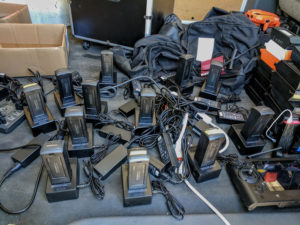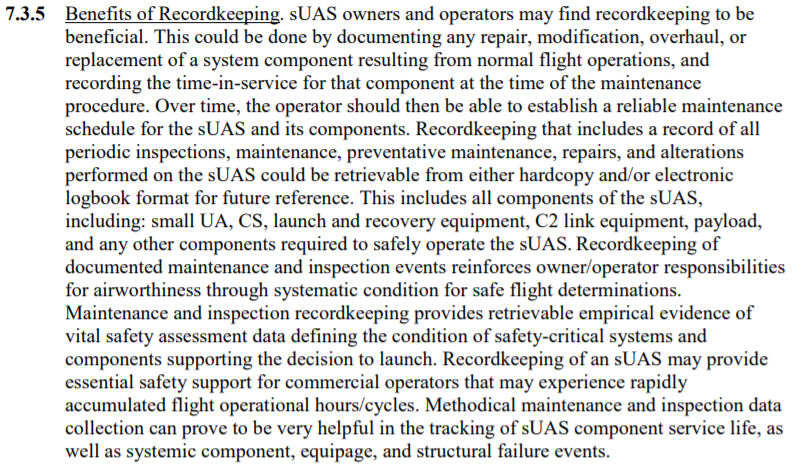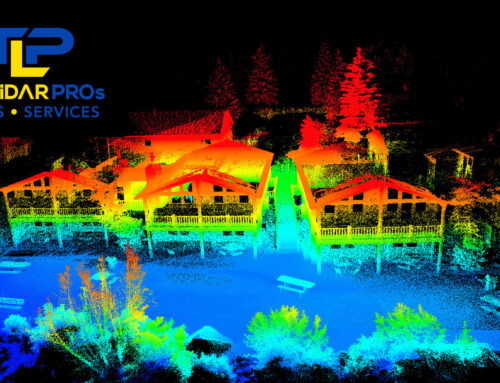Maintenance of any aircraft system is a basic requirement, and UAS are no different. All too frequently, UAS operators/pilots arrive on scene, take a drone out of its case (assuming the aircraft lives in a case), and puts it into the air. While this may seem too simplified, a recent survey polling 107 certificate holders indicate they maintain their aircraft “within the last 30 days.” This was somewhat surprising, given that at the least, a basic equipment check is required prior to each and every flight.

This includes checking for cracks in the frame, arms, props, chipped props, solid prop locks/fasteners, landing gear, attached items such as cameras, lighting, antenna, battery, etc. All maintenance should be logged, whether scheduled or at-will based on hard landings or aircraft performance.
If a manufacturer offers a scheduled maintenance guide, scheduled maintenance must be performed per Part 107 and AC107-2. Scheduled maintenance should be part of every pilot’s standard operation.

This is NOT a battery management system. This is a fire waiting to happen.
Unfortunately, most agencies and users rarely consider battery maintenance/cycling/cell checks as part of routine maintenance and checks. This is a mistake.
Whether Smart Battery or “Dumb” battery, battery maintenance only becomes time-consuming when allowed to lapse. Tools like Vertical Partners West BCMS system allow users to track battery health, cycles, and even remotely control, cycle, read batteries in the system (with the added benefit of being fire-proof), all while notifying users of battery faults and failures in advance. Get a glimpse of how this software works in their YouTube series.
FAA Document AC107-2 7.3.5 “highly recommends” which suggests the FAA requires UAS operators/pilots log battery charges. With smart batteries, this isn’t terribly difficult, yet most batteries used in the UAS world are not smart batteries. Regardless of required or highly recommended, it is smart to log battery charges to track battery usage, remaining life, and awareness of issues due to charge cycles.

In the event of a ramp check the FAA ASI is going to ask for any maintenance records, and these records should of course, include battery charges. Whether this is a digital document (stored online) or a printed document doesn’t matter. The method of managing batteries isn’t nearly as important as demonstrating a battery management strategy.
While individual users may not find themselves being ramped, or even being concerned about battery health/lifespan with a single UAS, corporate and enterprise users should be extremely concerned with managing batteries. One mining corporation we work with has over 50 batteries for four aircraft. They use a battery management system that immediately notifies the Drone Program Manager (DPM) of battery issues as they arise, allowing batteries to be taken offline and destroyed or replaced.
We recommend all UAS pilots, whether individual, government, or enterprise, develop a battery management strategy that is seamless and consistent with operations. This reduces downtime, in-field stress, and a consistent, safe, and compliant operation. We are available for consultation.


